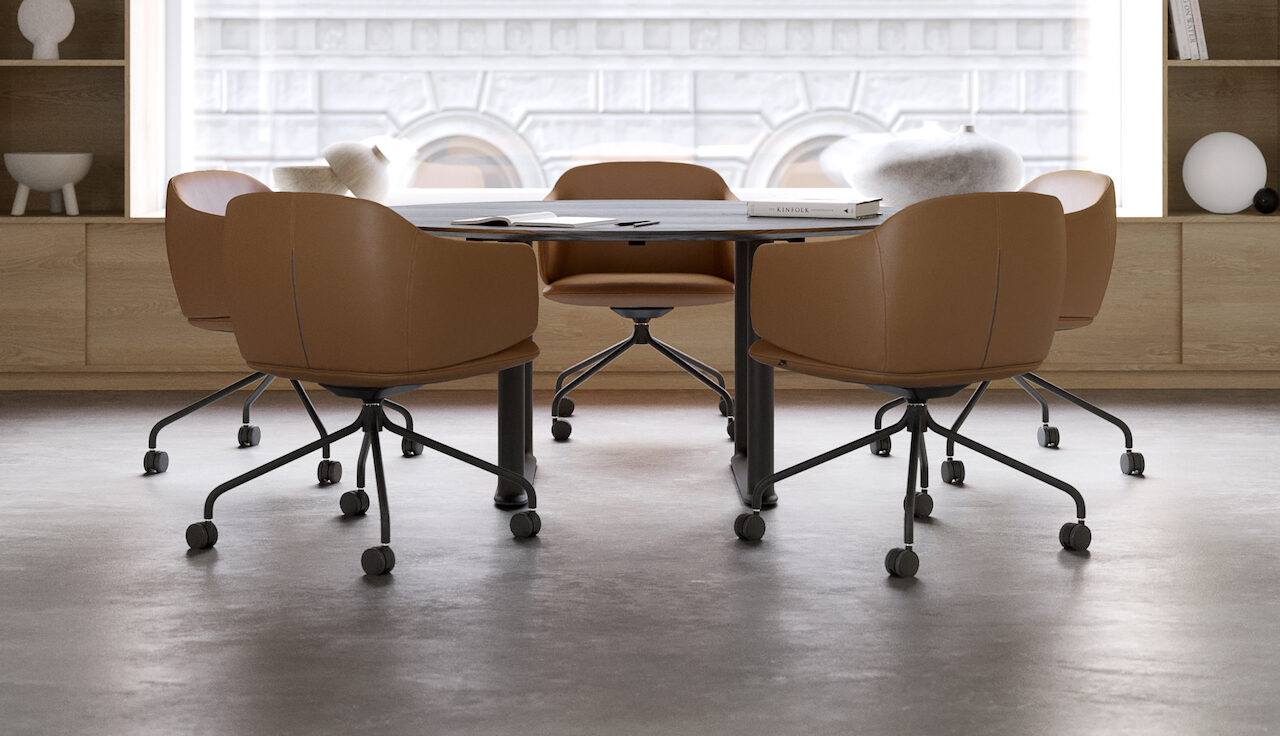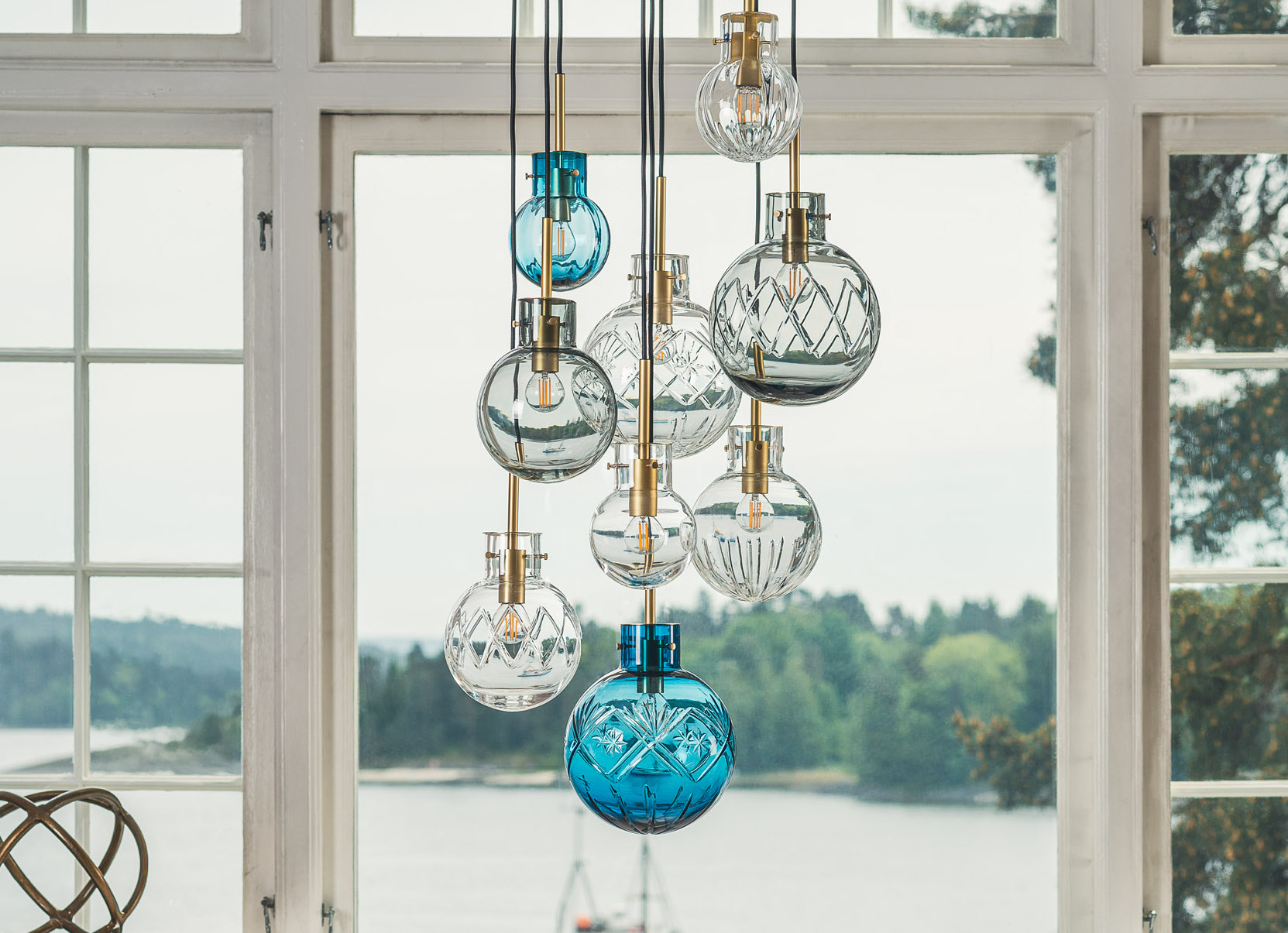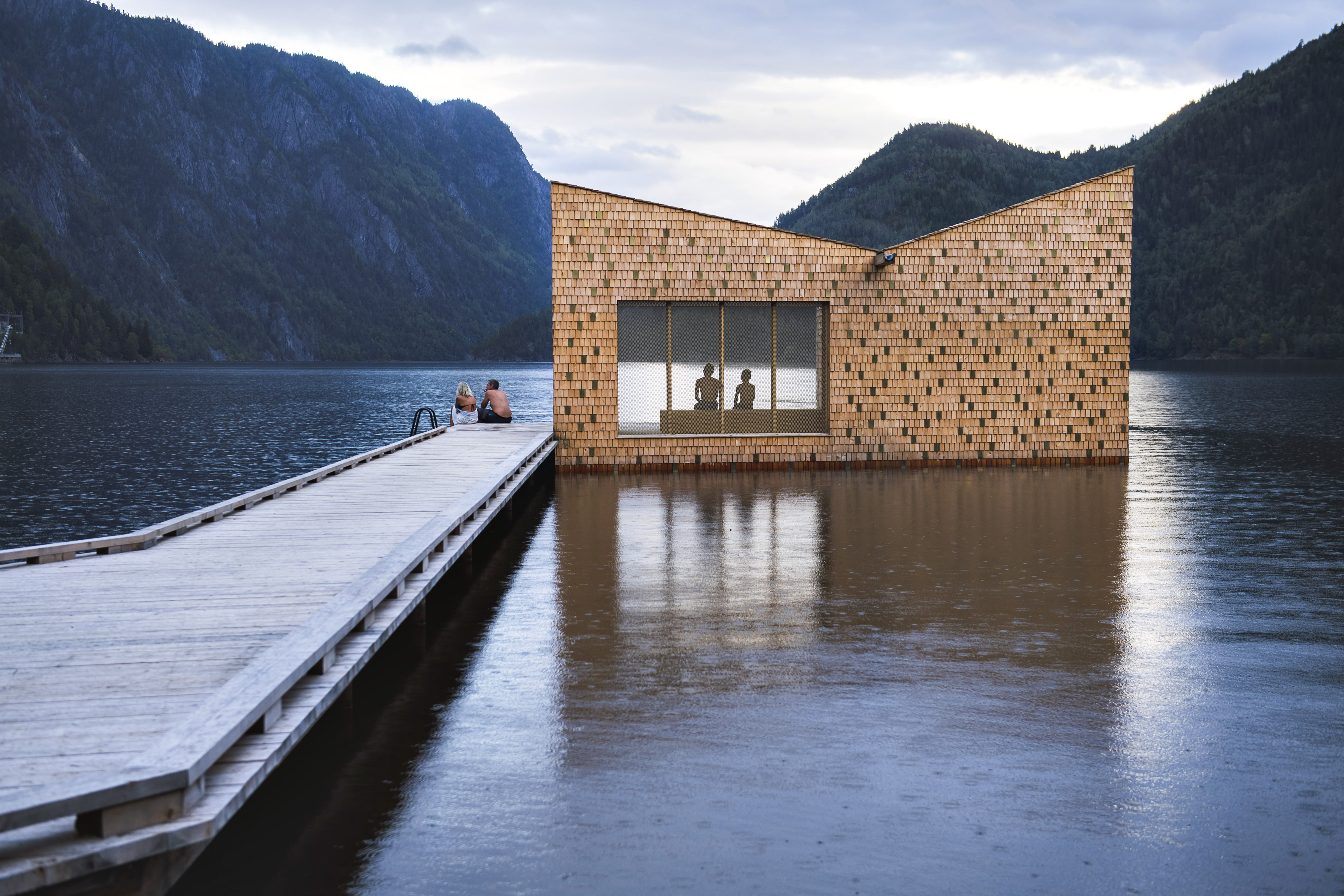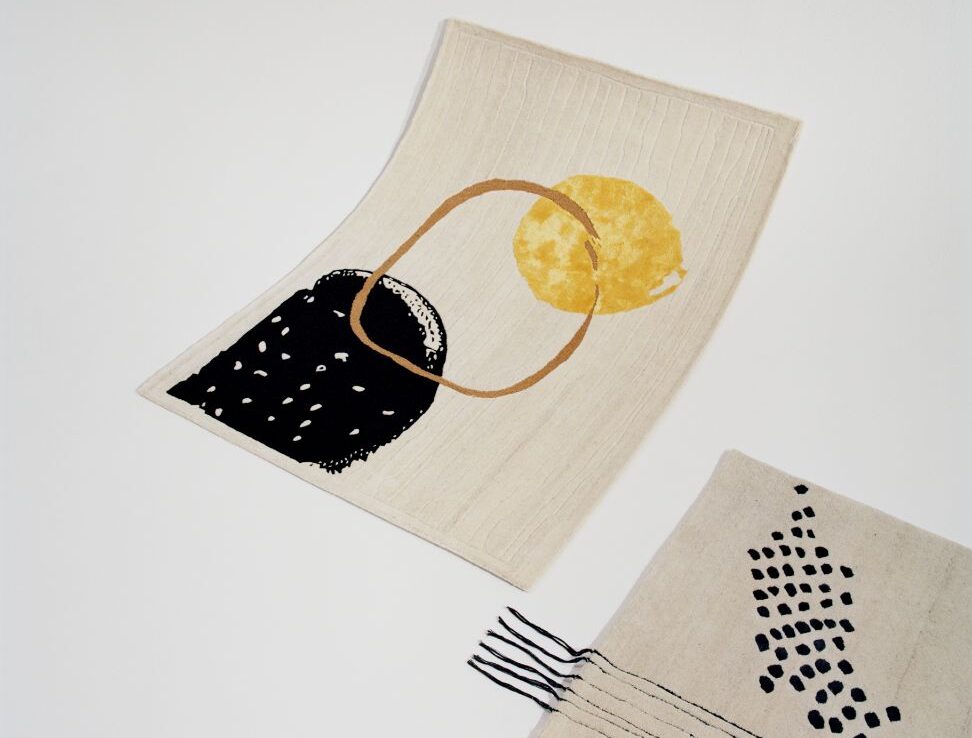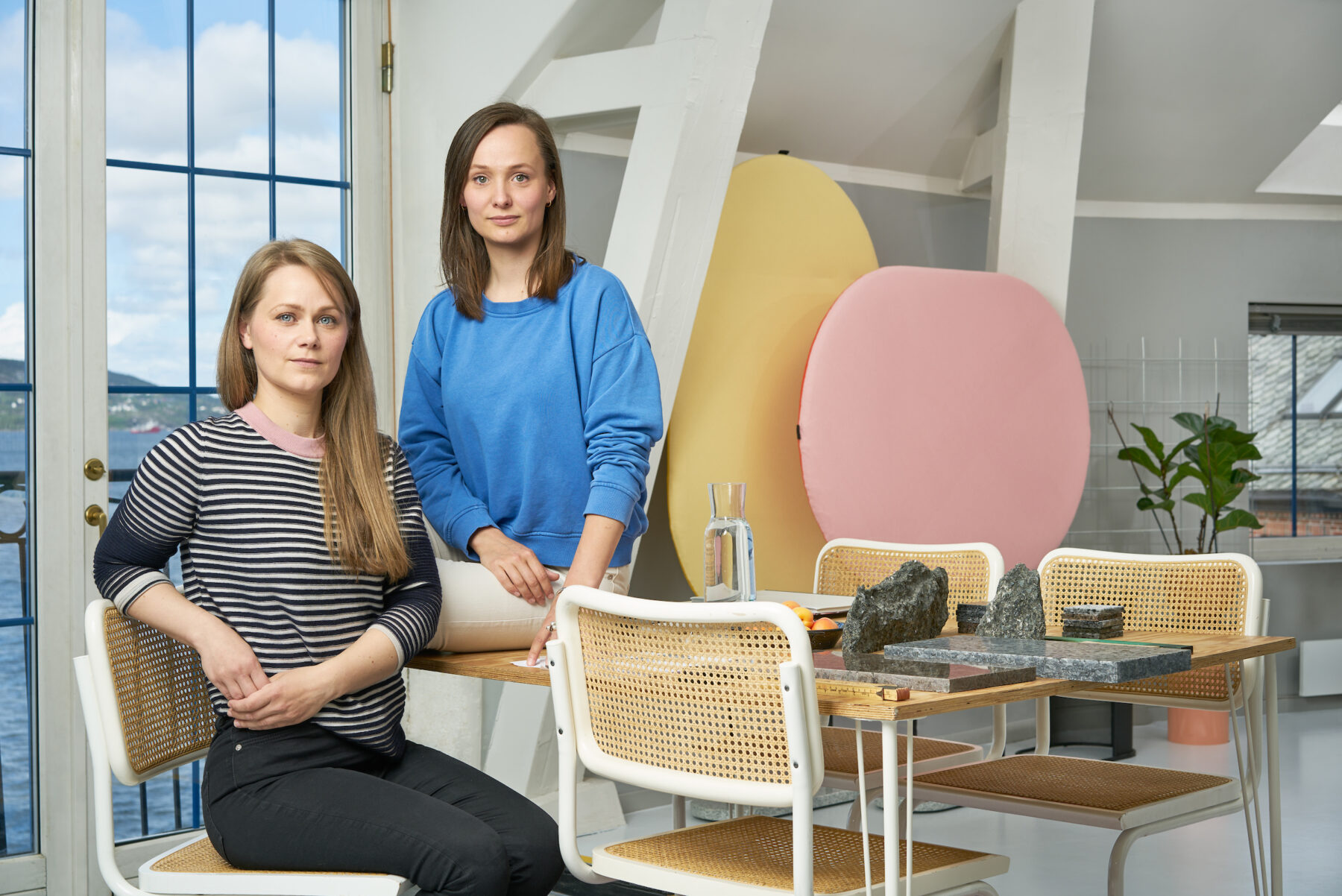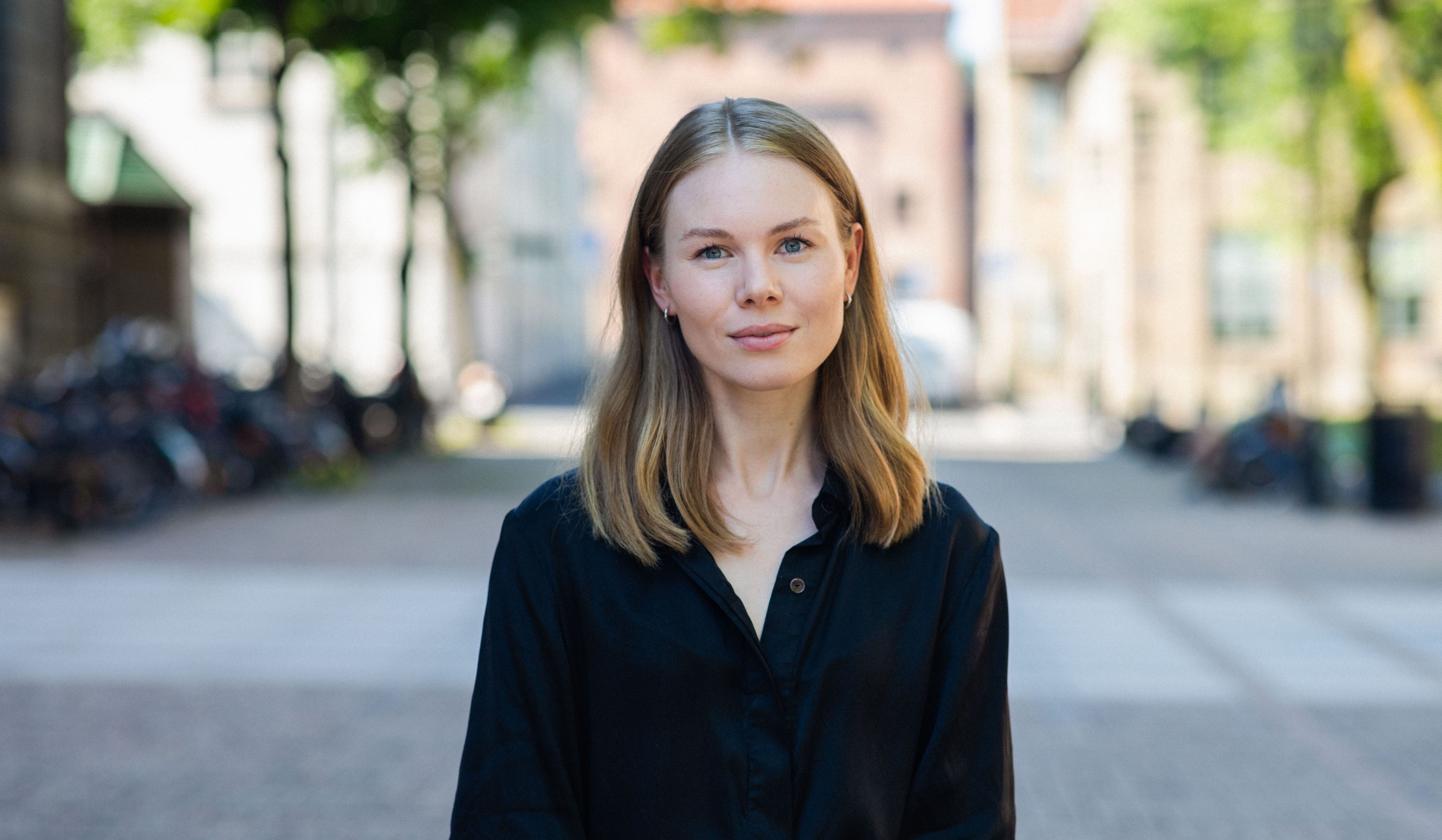In the second of her London Design Festival reports, Jessica Salter explores the Material Matters fair at Bargehouse in Oxo Tower Wharf where Norwegian manufactures Hydro and Fora Form are exhibiting.
Read the first article here: Norway at London Design Festival: FOCUS/22.
Norwegian designers have a “genuine green profile” with businesses, suppliers and products that “offer materials and technology that are certified and can help to actually reduce emissions in the production of the world’s products – from cars to wind turbines,” says Hilde Haugen Kallevig, VP, Head of Brand and Marketing at the industrial company Hydro.
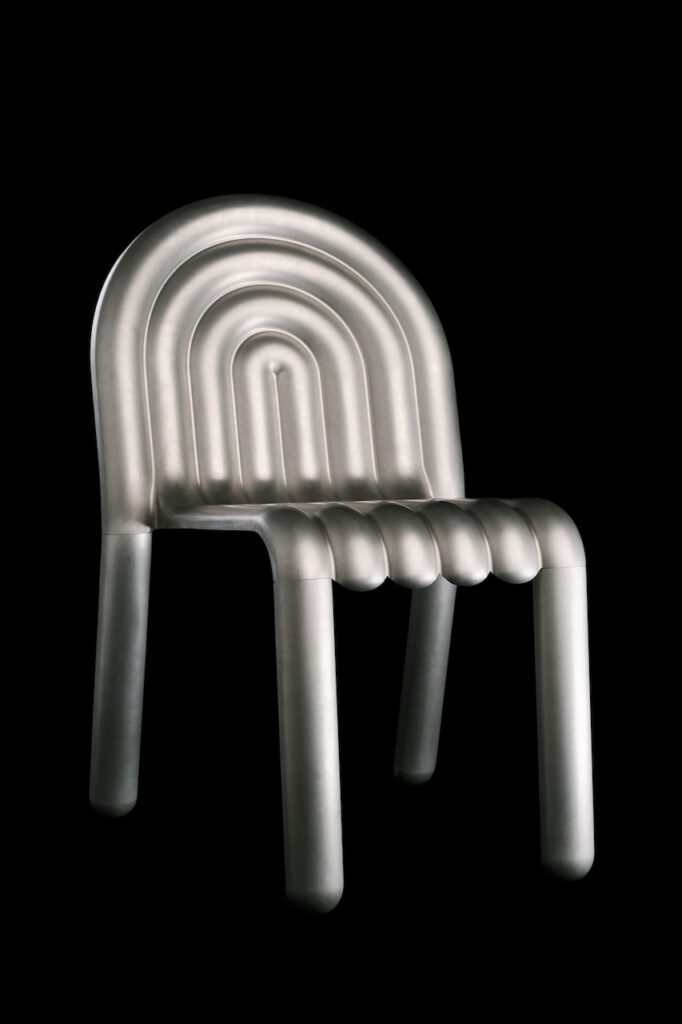
Tom Dixon chair using Hydro aluminium (Photo: Inside Norway)
Kallevig believes that in a world where sustainability and ‘eco-design’ are buzzwords – but can also be used for greenwashing – Norwegian brands can stand out as experts in the field. They offer something special to consumers desperately looking for – and “willing to pay for” – more sustainable solutions.
Hydro, which was founded in 1905 and now has business areas including aluminium production and sustainable energy, is participating at Material Matters 2022 at London Design Festival, a collection of like-minded designers based in the OXO Tower on Bankside, who collectively aim to “shine a light on why material intelligence truly matters.”
Fora Form, the Norwegian furniture designers which places sustainability at the heart of its design, is also part of the collective. The company, which was founded in 1929, is now one of Scandinavia’s largest furniture manufacturers and has a particular focus on social areas in buildings, promoting “a vision of creating great interaction” where people “eat together, work together, breathe together and experience together.”
At Material Matters, the company presents its new Atrium Chair, designed by the Oslo-based design duo Anderssen & Voll. “Products should be designed to have a long life and be recyclable,” states Fora Form. “We influence our suppliers to use the same environmental standards that are used by us, and influence carriers to improve the utilization of cargo capacity and use the most efficient transport solutions possible.”
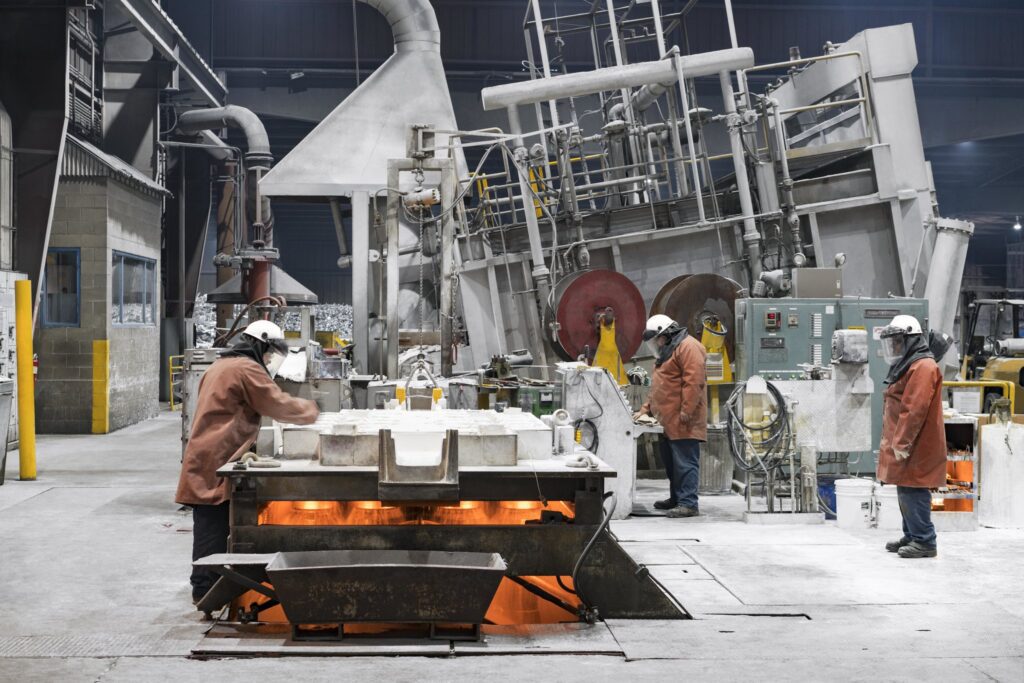
Casting aluminium at Norsk Hydro (Photo: Hydro)
Kallevig explains that “designers and architects need to understand about the importance of material selection with climate, people and the environment in mind. It matters both in terms of C02 emissions in production and use, as well as how people and the physical environment are impacted.” It is a subject matter that both designers and companies believe is at the heart of the Norwegian design story. “In Norway we have a very close relationship to the outdoors,” Kallevig says. “It is not a surprise that natural materials are a large part of Norwegian design, and, increasingly, sustainability.”
Going green is increasingly necessary for design teams: the EU has promised to cut CO2 emissions by at least 55% by 2030 and with the aim of being the first climate neutral continent by 2050. But while many brands talk about sustainability and ‘eco design’ – not all companies are as conversant as they could be. “We hope to start conversations around the fact that it matters where and how materials are made and that designers actually make a big difference to ensure greener products are launched in the market,” Kallevig says.
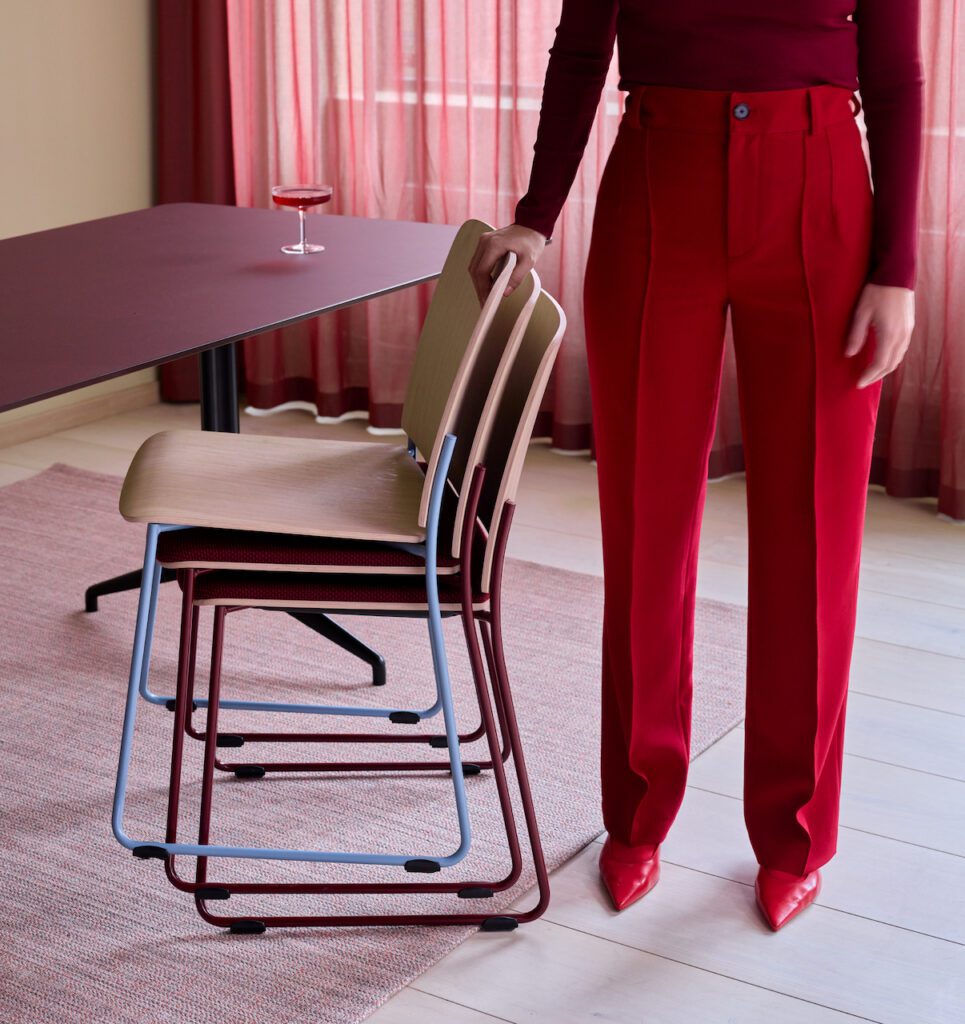
Fora Form furniture designs (Photo: Inside Norway)
A huge part of this – but rarely talked about – is the issue of ‘end of product life’ and how effective recycling, built into the design process, can be a key driver for a more circular economy.
Aluminium is a product that can be endlessly recycled, something Hydro are keen to spotlight. Aluminium production in Norway is amongst the “most energy- and climate-efficient production in the world,” according to Kallevig. “We are working with technology that will take us towards zero or low emissions in the longer term.” Hydro RECYCLED is a portfolio of products that the brand hopes to spotlight, showing off various solutions including the Hydro CIRCAL 75R, a prime-quality aluminium that is created by melting down old aluminium windows, doors and facades, along with Hydro RESTORE, a product with a combination of old and new aluminium.
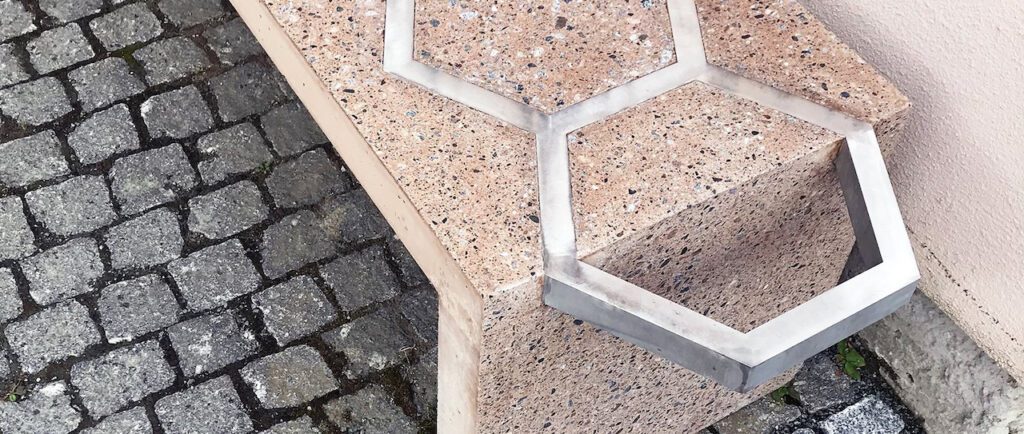
Hydro design incorporating recycled aluminium with reinforced concrete (Photo: Inside Norway)
The problem, she recognises, is that “we operate in a market where most competitors deliver products with significantly worse climate and environmental standards than materials produced in Norway”, but the competitors are cheaper.
But she says that the tide is turning in regards to what consumers are demanding. “Now the world increasingly also wants to know how things are produced.” And Norway, she believes, is expertly placed to lead the way.
Hydro and Fora Form at: Material Matters, Bargehouse, Oxo Tower Wharf, 22 – 25 September
Interested in staying in touch with Norwegian Arts and receiving news of upcoming Norwegian cultural highlights in the UK? Sign-up for our newsletter.
Read more on Design from Norwegian Arts.
Top photo: Fora Form furniture designs (Inside Norway)

